How Climate Change Impact Marine Navigation Lights
Marine navigation lights play a crucial role in ensuring the safety of vessels at sea by guiding ships through complex routes and hazardous areas, especially in adverse weather conditions during night voyages. However, with the increasing effects of climate change, maritime industries, including the use and performance of marine navigation lights, are facing new challenges. In this article, we explore the key ways in which climate change is impacting marine navigation lights and and how the maritime industry is adapting to these changes.
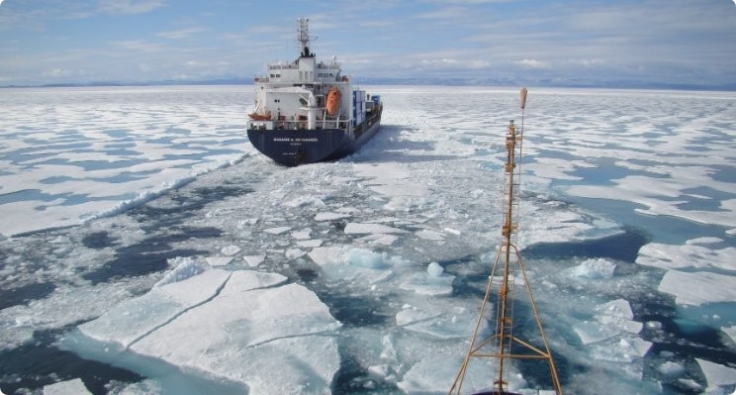
Understanding the Main Functions of Marine Navigation Lights
| Function | Description |
| Ensuring Vessel Visibility | Marine navigation lights help vessels remain visible to others, especially during nighttime or low-visibility conditions. |
| Marking Navigational Hazards | Lights are placed near hazards such as rocks, reefs, and shallow waters to warn vessels and guide them away from danger. |
| Indicating Vessel Position | Different colors and configurations of lights on vessels communicate their size, direction, and operational status (e.g., underway or at anchor). |
| Providing Route Guidance | Lights along key maritime routes or channels help vessels safely navigate busy or difficult areas. |
| Facilitating Collision Prevention | Navigation lights aid in identifying the proximity and direction of other vessels, reducing the risk of collisions at sea. |
| Marking Territorial Boundaries | Marine lights are used to indicate national boundaries or restricted areas to guide vessels away from prohibited zones. |
| Supporting Search and Rescue | High-visibility lights assist in search and rescue operations, enabling quick identification of distressed vessels or individuals. |
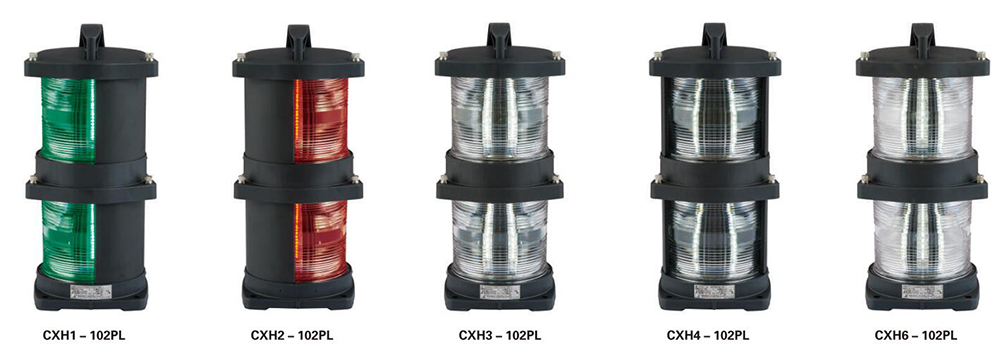
How to Adapt the Impact of Climate Change on Marine Navigation Lights
1. Increased Frequency of Extreme Weather Conditions
One of the most prominent impacts of climate change is the increased frequency and intensity of extreme weather events, such as hurricanes, storms, and typhoons. These severe conditions can affect the visibility of marine navigation lights, making it harder for ships to navigate safely.
- Reduced Visibility: Heavy rains, fog, and rough seas can diminish the visibility range of marine navigation lights, making it difficult for vessels to see the lights from a safe distance. Lights need to be brighter and more robust to ensure visibility even in these harsh conditions.
- Damage to Navigation Lights: High winds, powerful waves, and flooding can physically damage or dislodge navigation lights mounted on buoys or shore-based towers. This increases the need for lights that can withstand such extreme forces and continue functioning after storms.
2. Rising Sea Levels and Coastal Erosion
Rising sea levels and increased coastal erosion are direct consequences of climate change that threaten the positioning and performance of marine navigation lights, particularly those placed in low-lying coastal areas.
- Submersion of Navigation Light Structures: With sea levels rising, some land-based navigation light structures may become submerged or inaccessible. This requires either the elevation of existing structures or the relocation of navigation lights to ensure they remain effective.
- Impact on Buoys: Rising water levels and changes in tides may also affect floating navigation buoys, which rely on specific water depths for stability. Unpredictable shifts in water levels can cause lights to drift off course or become unstable, impacting their visibility and effectiveness.
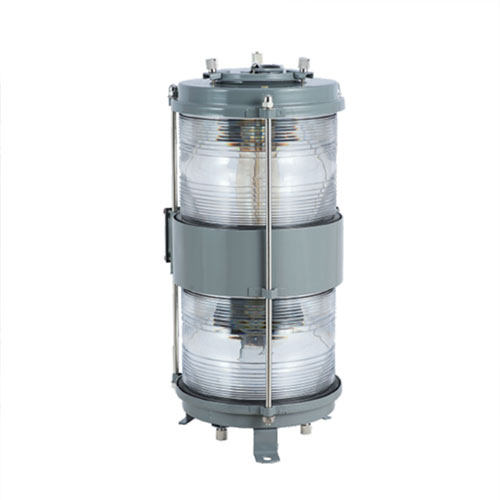
3. Changing Sea and Weather Patterns
Climate change has altered traditional weather and sea patterns, making maritime routes more unpredictable. Sudden fog formation, temperature changes, and unexpected storms can disrupt normal navigation and require enhanced visibility from marine lights.
- Demand for Adaptive Lighting Systems: Navigation lights need to be more adaptive to changing environmental conditions. Lights with sensors that adjust brightness or flashing frequencies based on visibility conditions, such as low-light situations or fog, can help improve safety.
- Increased Maintenance Needs: With unpredictable sea conditions, navigation lights will need more frequent maintenance checks to ensure they are functioning correctly. Maritime authorities may need to invest in automated monitoring systems for marine lights to detect malfunctions in real time.
4. Environmental Degradation and Biofouling
The warming of oceans and other effects of climate change contribute to increased biofouling, where marine organisms like algae and barnacles accumulate on navigation light structures, reducing their effectiveness.
- Decreased Light Visibility: Biofouling can cover navigation lights, decreasing the brightness and range of the lights. Lights placed on buoys and shore towers need regular cleaning to ensure they maintain optimal performance.
- More Durable Materials: There is a growing need for navigation light structures made of materials resistant to corrosion and fouling, such as specialized coatings or antifouling technologies. These solutions can help extend the lifespan of marine lights in environments increasingly affected by biofouling.
5. Energy Efficiency and Sustainability Pressures
As climate change drives a global shift toward reducing carbon emissions and promoting renewable energy sources, there is growing pressure for all industries, including maritime, to adopt more sustainable practices.
- Solar-Powered Navigation Lights: Many modern marine navigation lights are now powered by solar energy, reducing their reliance on fossil fuels and minimizing their carbon footprint. These lights are equipped with rechargeable batteries, ensuring that they operate sustainably even in remote areas.
- Energy-Efficient LEDs: The transition from traditional incandescent lights to energy-efficient LED navigation lights has accelerated in recent years. LEDs consume less power, last longer, and are more durable, making them ideal for withstanding the harsh marine environment while reducing energy consumption.
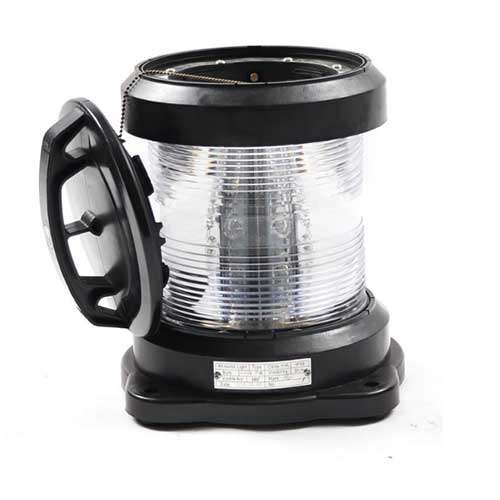
6. Technological Innovations for Climate Resilience
The impact of climate change is driving technological advancements in marine navigation lights, with a focus on enhancing resilience and adaptability to changing environmental conditions.
- Smart Navigation Lights: Smart navigation lights equipped with sensors and GPS tracking can adjust their performance based on environmental factors. For example, lights can increase their brightness during foggy conditions or transmit location data if they are displaced by a storm.
- Remote Monitoring and Control: Advances in satellite and communication technologies allow maritime authorities to remotely monitor the status of navigation lights, ensuring timely repairs and reducing downtime caused by extreme weather. This also allows for real-time adjustments based on the immediate conditions at sea.
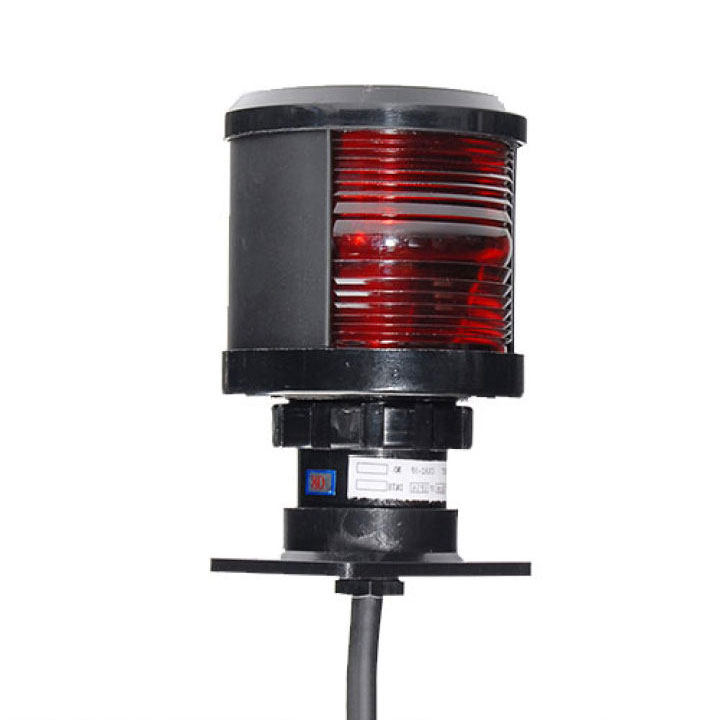
In summary, the impacts of climate change on marine navigation lights are profound and far-reaching. Increased extreme weather, rising sea levels, and changing ocean conditions present significant challenges, but the maritime industry is responding with innovative solutions. Energy-efficient lighting, robust designs, and advanced monitoring systems are being implemented to ensure that marine navigation lights remain reliable and effective in an era of environmental uncertainty.

